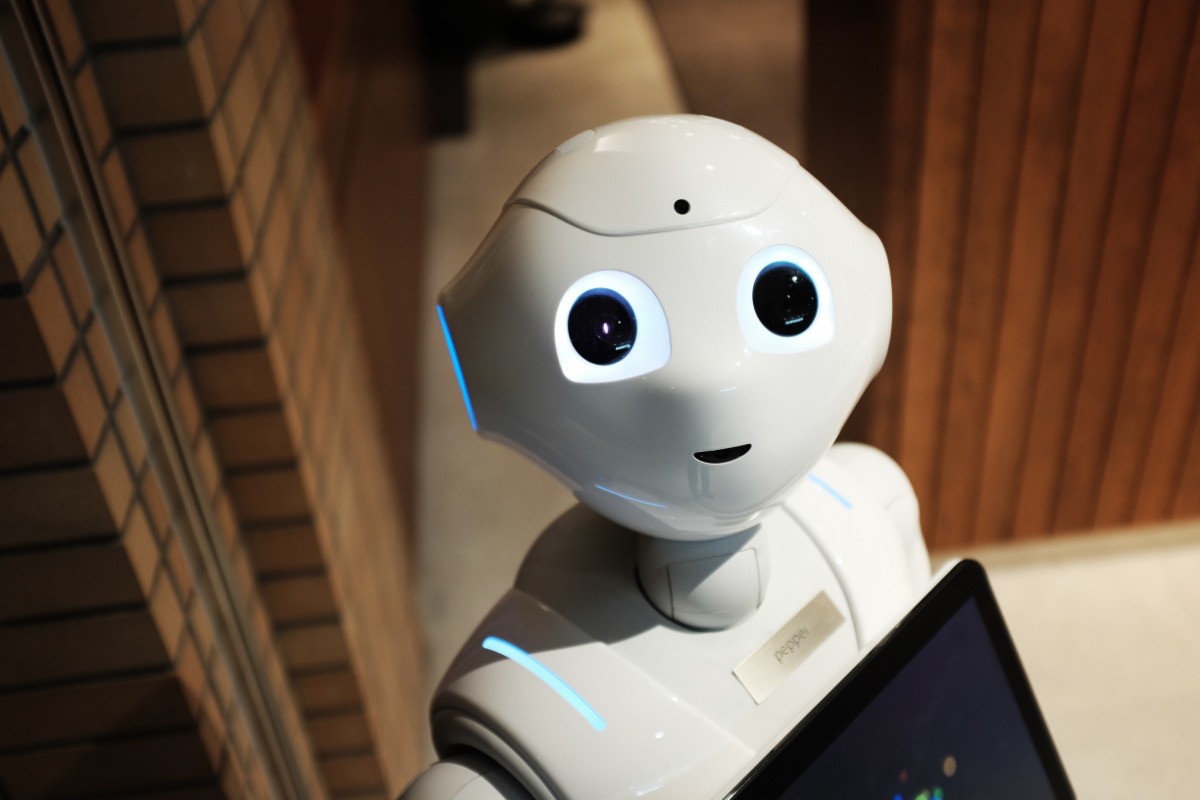The ultimate machine learning course with python in 6 steps ! (Part 1 of 6)
Now that you are convinced Machine learning is for real, How do i get started ? The internet has tons of free resources for getting started in machine learning. Feeling overwhelmed with too much information and chaos that we don't know exactly where to start or what to read. Beginners need small end-to-end project to grasp the principles

This 6-part series is exactly tailored for you to get started with machine learning, what you will learn with this free course:
- Understand machine learning concepts
- Understand machine learning techniques and processes
- Installing the required tools and ecosystem
- Practice Real-world end-to-end projects
- Help you build your portfolio and provide free access to this helpful community where thousands of other machine learning beginners and pros and hacking together
The first three parts of the course focuses on the concepts and the last three parts are three real end-to-end projects that you can work on from your laptop and it would give you a good intro to the machine learning concepts.
Machine learning Myths:
Before we begin our journey, lets bust some myths about machine learning and spread some positive vibes:
- You do not have to understand everything. Gulping in all the statistics, data prepping, plotting and visualizing, applying algorithms can be overwhelming. So do not try to take them all at once, its okay if you don't get it in the first place, just move on with the tutorial you will learn organically.
- You do not need that Phd degree in statistics to be a machine learning engineer and you do not have to understand all the algorithms. Of course you will need good understanding of numbers and some basic algebra. But take a breath, you can learn all of them eventually.
You do not need to be a Python programmer. The syntax of the Python language is intuitive. Try to relate and understand the code, This will get you most of the way. So, Just get started and dive into the details later.
- You cannot master everything in Machine learning. Machine learning is a vast subject ranging from computer-vision, natural language processing, advanced-analytics, text-sentiment prediction ... (Don't worry if you cant relate to these terms, you will very soon). Its important that we choose one area and master it.
But why are we using python for this course ?
Python is undoubtfully the popular and most powerful interpreted language. Unlike R, Python is a complete language and platform that you can use for both research and development and developing end-to-end production systems
With Python, There are tons of open source libraries to choose from, providing the ultimate power and flexibility to do a multitude of analytics and possibilities
The last reason, with so much choice comes chaos. You have choose a language and stick to it. Moreover once you master the principles you can easily adapt the same program in R as we know the process.
What is Machine learning ?
"Machine Learning is the science of getting computers to learn and act like humans do, and improve their learning over time in autonomous fashion, by feeding them data and information in the form of observations and real-world interactions."
We are using machine learning multiple times a day even without us realizing it.
- When we type a query in google search, it tries to provide a auto-complete suggestion that is based on the leanings from the previous search queries
- Facebook tags our friends in the pictures based on machine-learning
- Netflix recommends new videos based on our previous viewing history
- When you call your bank, the virtual assistant (IVR) is powered by machine learning
- Your Alexa / google home uses natural language detection to convert your queries into text
How Machine learning is different from traditional programming ?
But wait, cant we do the same using conventional programming ? I often hear programmers say, I can write a program that can do the exact same thing and as the conditions change I can tweak my program based on input conditions and it will start giving correct results for new set of rules.
All the use-cases mentioned in the above section operate on infinite number of variables and often requires hundreds of thousands of lines of traditional code but yet they may not work for slight variation of code. So be brief, traditional programs can be written when we have very less variables. But as the complexity increases, the feasibility of traditional programming is always zero. So instead of telling what the computer has to do, we are giving training samples and asking it to learn on its own.
Next step: 2. Learn the various machine learning algorithms
Share your thought in the comments. And share your knowledge with others in the copycoding community
nVector
posted on 01 Sep 18Enjoy great content like this and a lot more !
Signup for a free account to write a post / comment / upvote posts. Its simple and takes less than 5 seconds

Post Comment